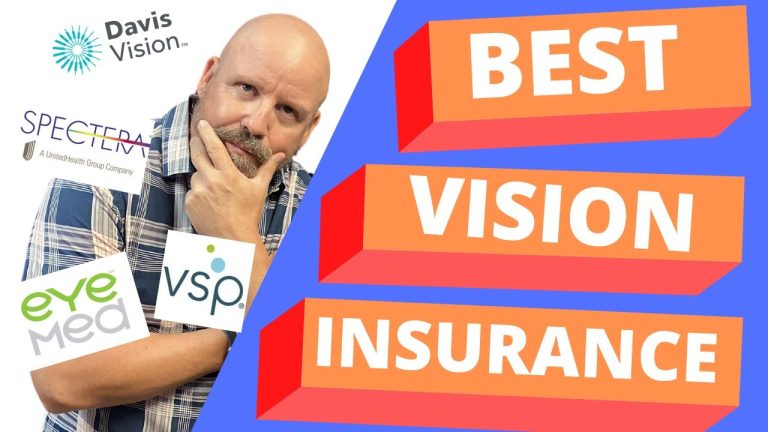Clearer Vision Ahead: Understanding Refraction and Vision Insurance Coverage
Vision insurance coverage is an important aspect of ensuring that your eyesight remains healthy and well-maintained. Many people opt for vision insurance coverage to minimize the potential financial burden associated with vision care. However, it is essential to note that not all vision insurance coverage plans are created equal. In this article, we will focus on the importance of refraction and what you need to know about vision insurance coverage for refraction.
Refraction is an essential aspect of determining the right prescription for your glasses or contact lenses. It involves the measurement of your eyesight’s ability to focus on objects, ensuring that you have the visual clarity you need. Refraction tests form part of a comprehensive eye exam, which also includes testing for visual acuity, eye muscle movement, and eye health.
What is Refraction, and Why is it Important?
A refraction test involves examining your eyesight to determine the ideal prescription for glasses or contact lenses, if required. During a refraction exam, an optometrist or ophthalmologist will ask you to read a chart and position a phoropter in front of your eyes. You will then be asked to look through the phoropter, which has several lenses to determine the strength of the lenses that would give you the sharpest vision.
Refraction tests are critical because they help eye doctors identify potential eye risks, such as myopia, hyperopia, astigmatism, and presbyopia, which are common visual disorders. Undergoing a refraction exam ensures that your prescription’s strength is accurate, so you have optimal visual performance and acuity.
How Does Vision Insurance Coverage for Refraction Work?
It is essential to know how your vision insurance coverage works before you book an appointment with an eye doctor. Some vision coverage plans provide coverage for refraction tests as part of a comprehensive eye exam. Others may only cover refraction testing when there is an underlying medical eye condition, such as cataracts or glaucoma.
When selecting a vision insurance coverage plan, you should pay close attention to the coverage options, including the frequency of eye exams and the specific eye care services covered. You may also have to check if your policy includes an allowance for corrective glasses or contact lenses as well.
Understanding the Out-of-Pocket Costs for Refraction Tests
Even with vision insurance, you may still have to pay out-of-pocket costs for refraction testing. The amount you will pay will vary depending on the plan you choose and the specific eye doctor you visit. You should check with your insurer to know how much you will need to pay during your exam. This will help you avoid unpleasant surprises when faced with an unexpected bill.
Conclusion
Vision insurance coverage for refraction testing is critical in ensuring that you have optimal visual clarity and acuity. Refraction tests form an integral part of comprehensive eye exams, helping eye doctors identify potential vision and eye health risks. Before selecting a vision insurance coverage plan, ensure that you understand the coverage options and the out-of-pocket costs involved. By doing so, you can ensure that your eyesight remains healthy and well-maintained.
Contents
Most wanted in Hoya Vision:
What brand lenses does Costco use?
Hoya Lens Engravings
Why do my glasses lenses scratch so easily?
Which lens is better Alcon or Johnson and Johnson?
What’s the rarest eye color?
Visionworks Digital Progressive Lenses
Should eyeglasses cover eyebrows?
Workspace Lenses
How to Choose the Right Temple Type for Your Glasses
Hoya Sensity Vs Transitions Xtractive
















